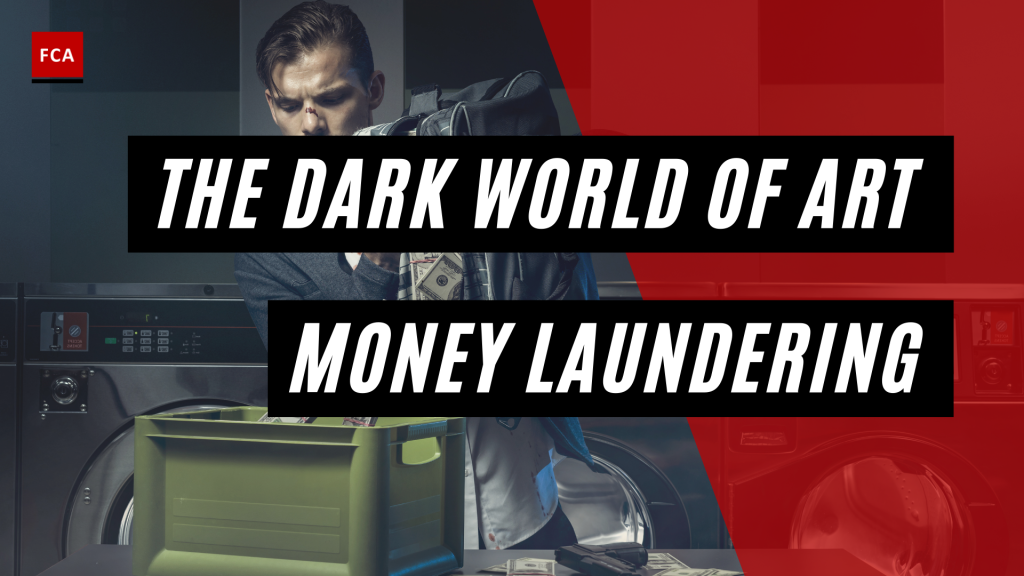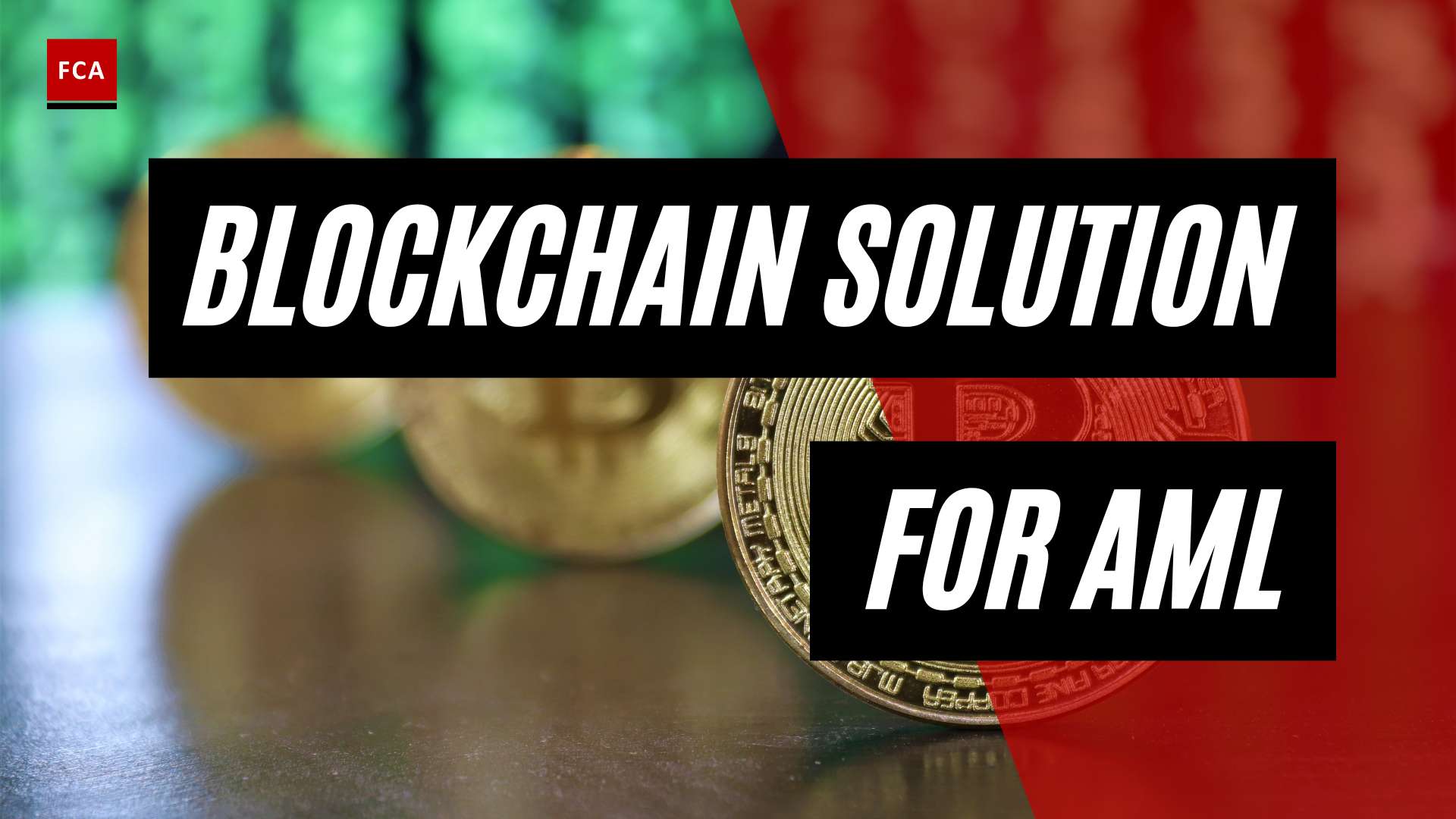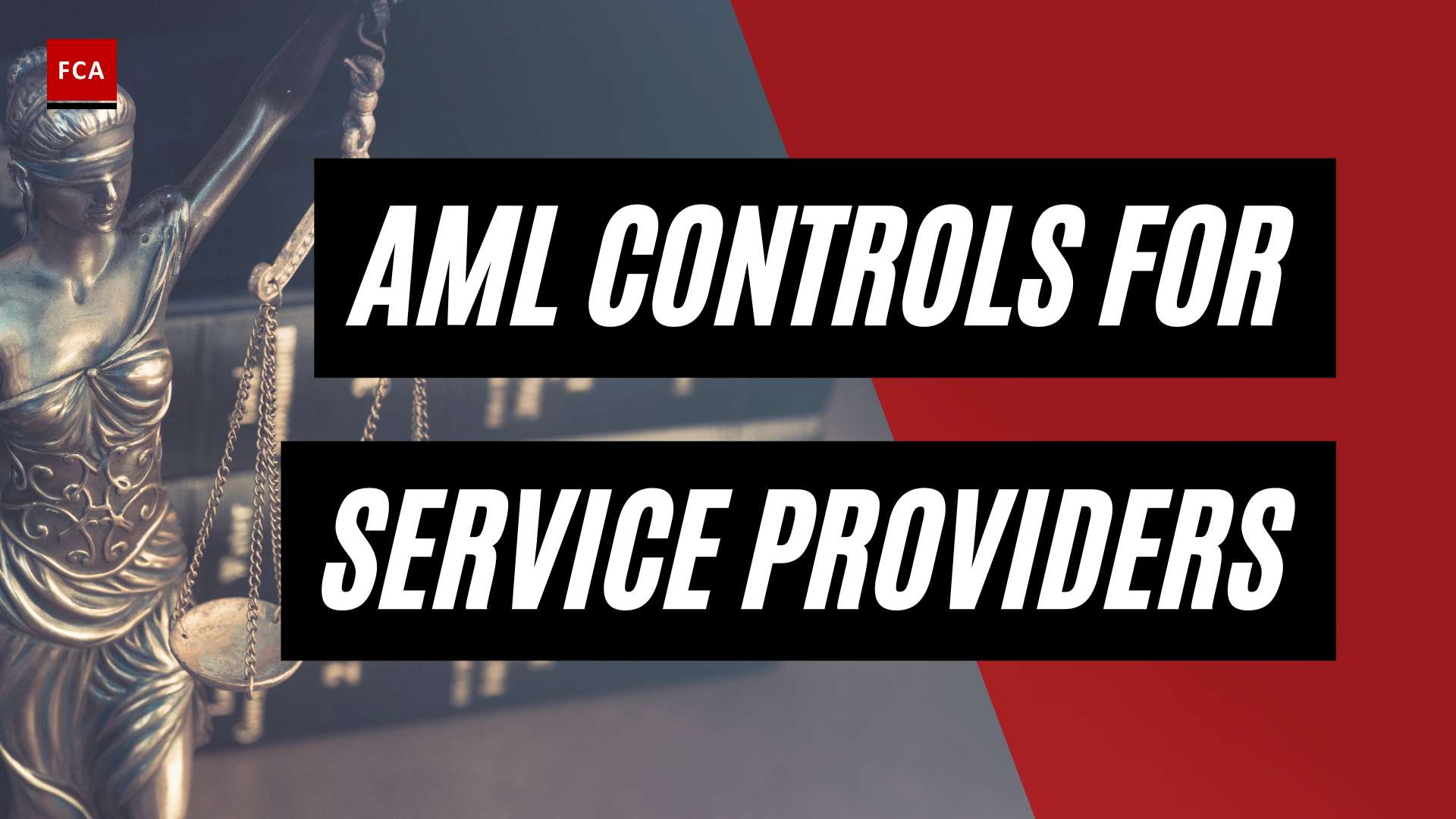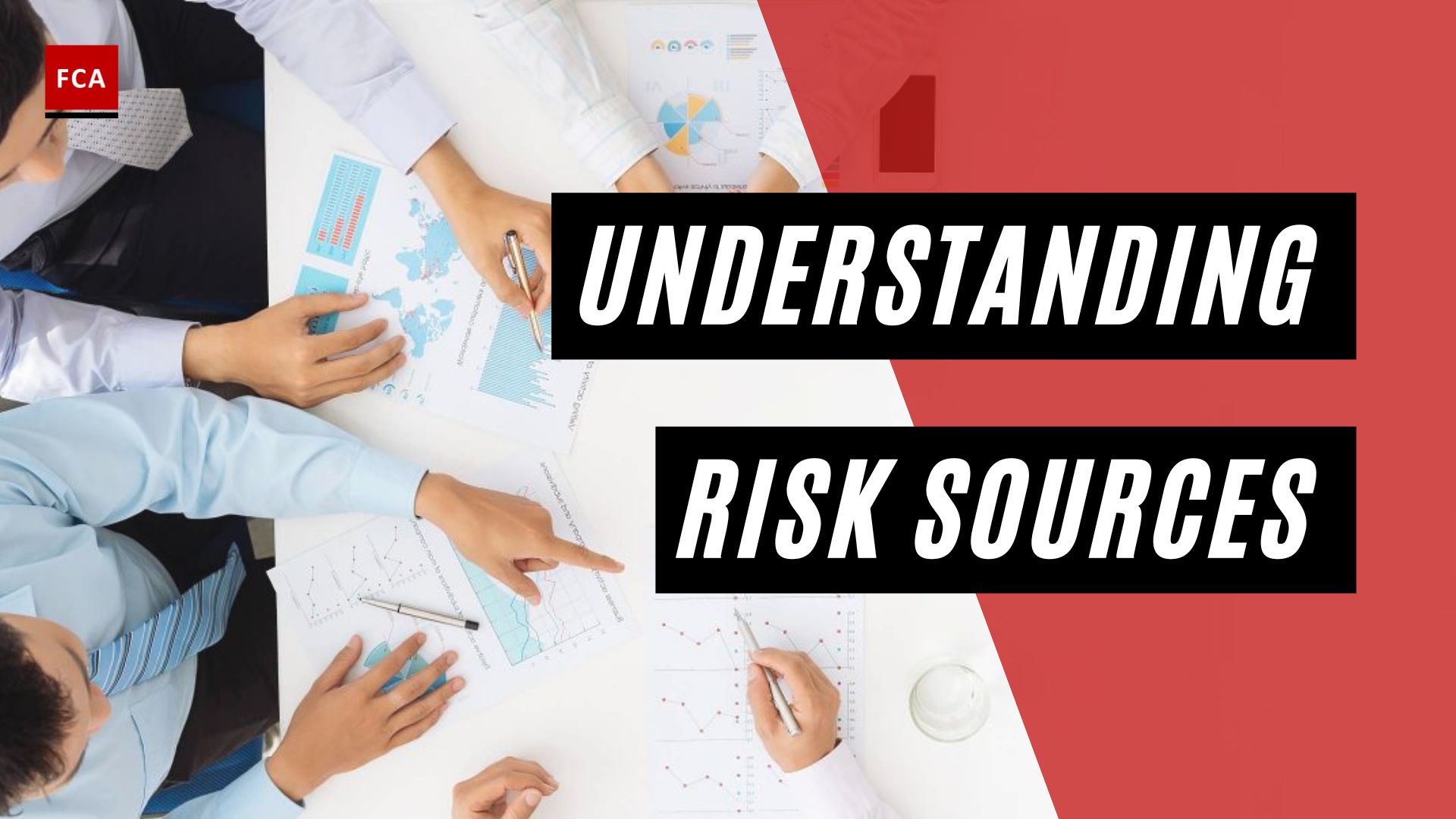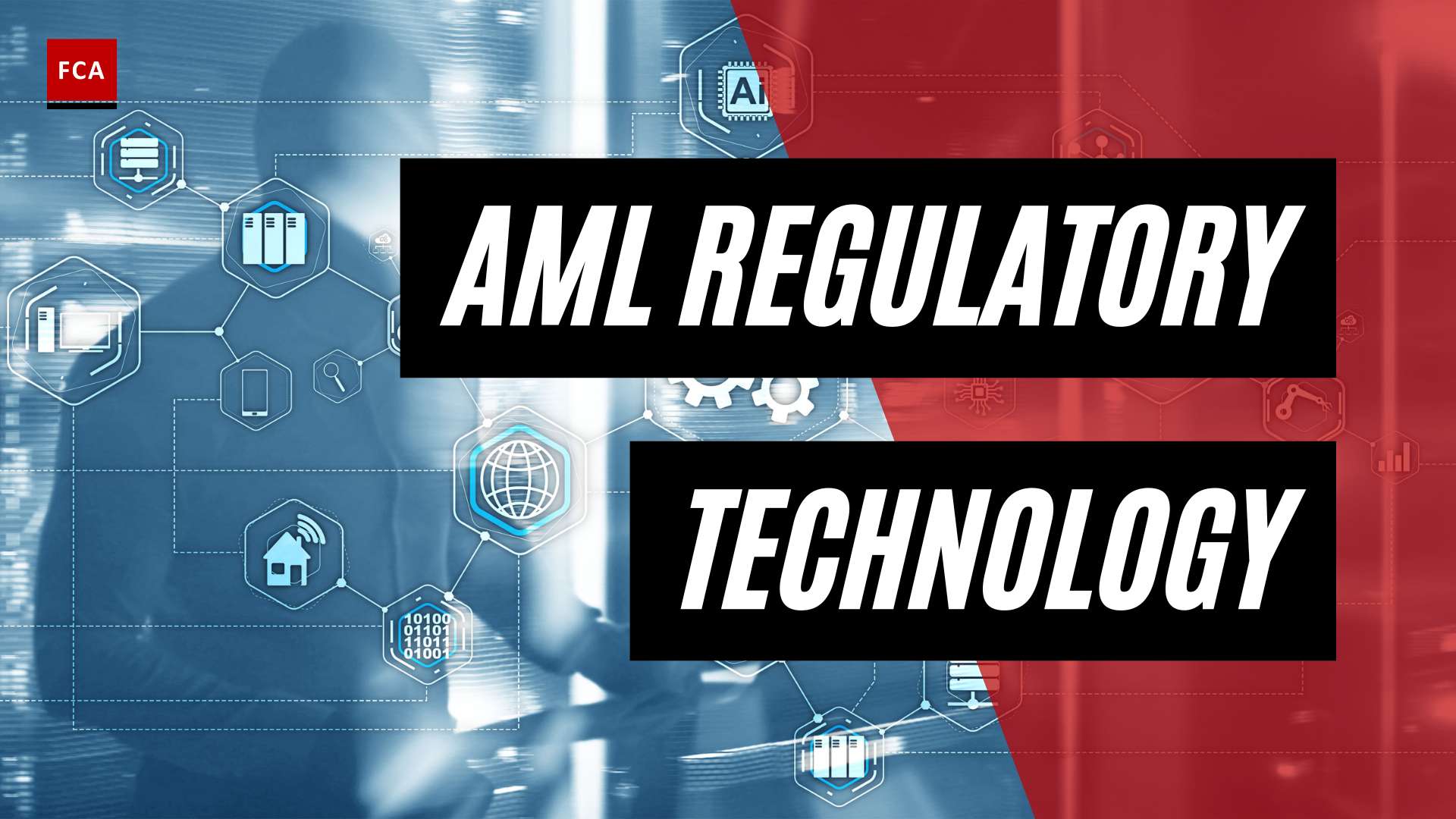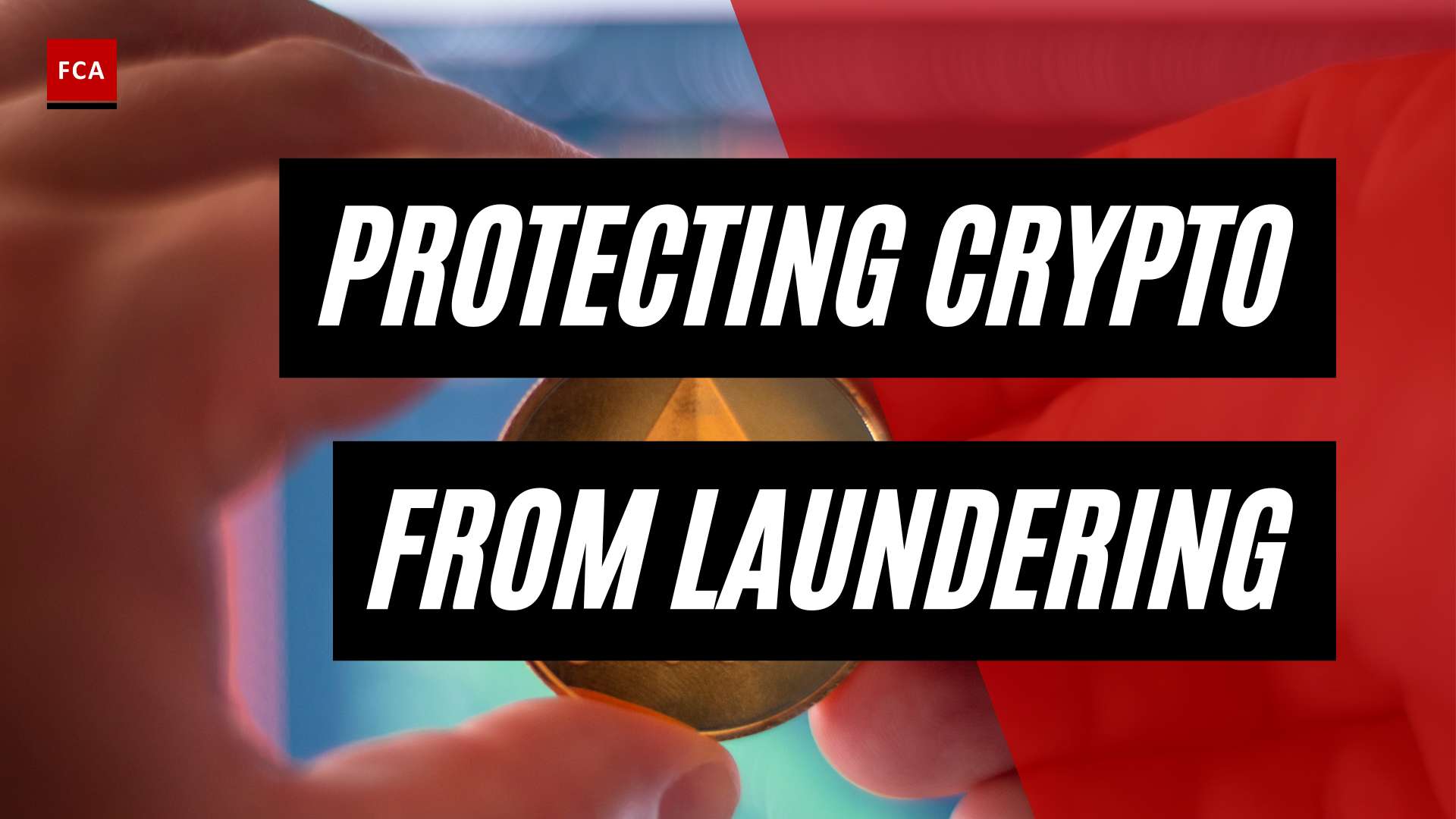With an estimated value of over $50 billion, the global art market is a lucrative target for criminals seeking to launder dirty money. The dark world of art money laundering is not only fascinating but also a significant concern for governments, law enforcement, and legitimate art dealers alike. This blog post will explore the unique characteristics of the art market that make it an attractive target for money laundering, the red flags that indicate potential laundering activities, and the global efforts to combat this issue.
Key Takeaways
The art market offers anonymity, convenience and potential to manipulate prices making it attractive for money launderers.
Anonymity in art transactions can protect artists’ identities yet make it easier for criminals to launder money undetected.
Global authorities are working together to implement regulations and share resources to prevent, detect and prosecute art money laundering activities.
The Allure of the Art Market for Money Launderers
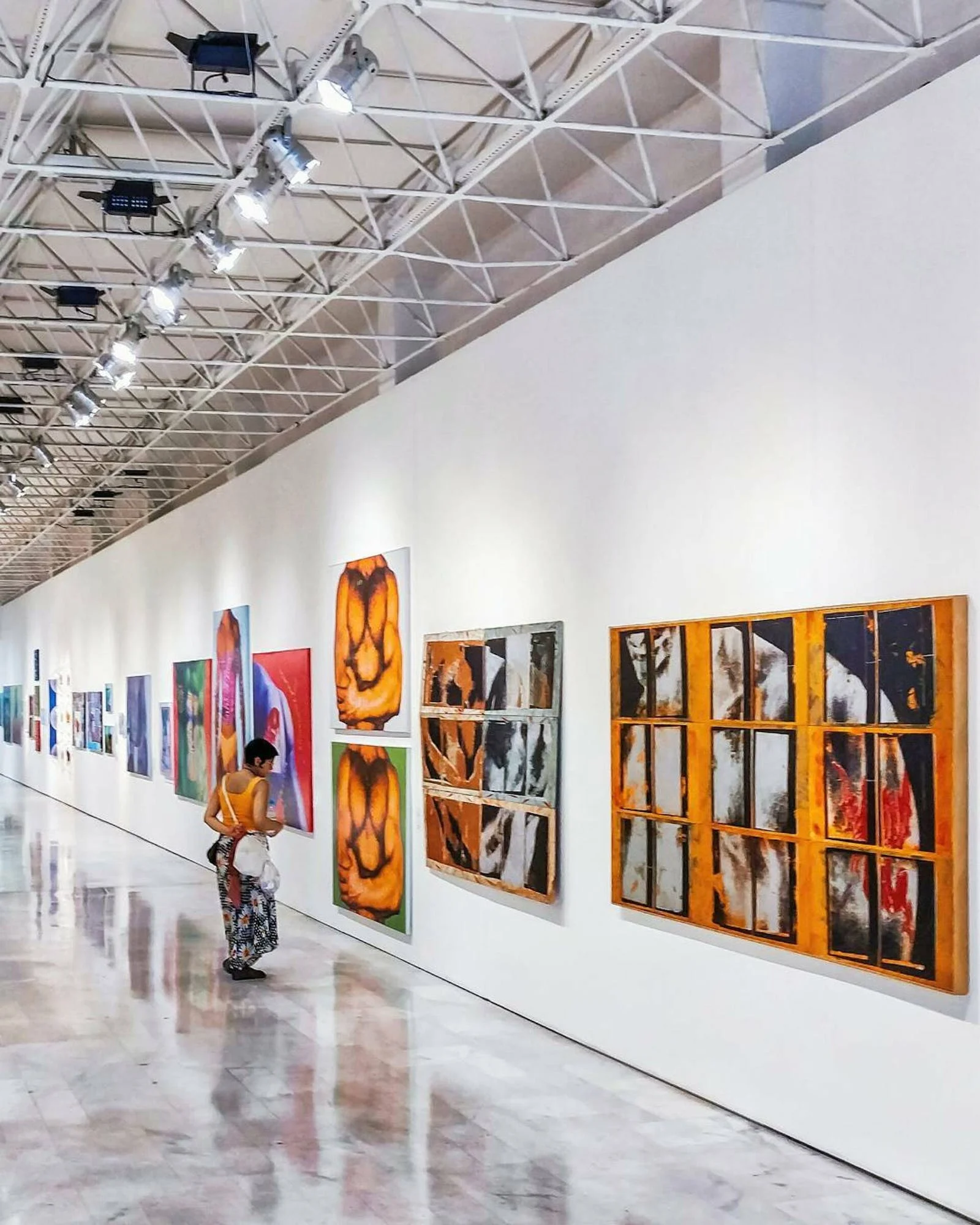
The art and antiquities markets are appealing to money launderers for several reasons, including anonymity, the convenience of transporting artworks, and the potential to manipulate prices. The secrecy and glamour associated with the art world make it an ideal playground for criminals to conceal and disguise their illegally obtained funds.
We’ll explore why the art market’s features make it prone to money laundering activities in this part.
Anonymity in Art Transactions
Anonymity in art transactions is a double-edged sword. While it can provide legal protection for artists and preserve their identity, it also facilitates art money laundering work by allowing criminals to operate under the radar and hide the origins of their illicit funds.
The hidden nature of these transactions adds a layer of complexity and difficulty to detecting and preventing money laundering intentions in the art market.
Transportability of Artworks
Artworks possess a high degree of transportability, making them an appealing choice for those engaging in money laundering risks. Compared to other valuable items like gold or currency, artworks are relatively lightweight and easy to transport across borders. This ease of transportability presents a challenge for authorities in tracing the movement of illegal funds, as criminals can swiftly move artworks from one country to another without raising suspicion.
Price Manipulation in the Art World
The subjective character of art pricing renders it feasible to control prices, making it attractive for financial crime, such as money laundering. Criminals can manipulate art prices by inflating or deflating them to create the illusion of a higher or lower value for the artwork.
This price manipulation allows them to launder money through the art market by obscuring the true value of the artwork and making it difficult for authorities to detect any wrongdoing.
Red Flags and Indicators of Art Money Laundering

Detecting art money laundering can be challenging due to the secretive nature of the art market and the sophisticated tactics employed by criminals. However, there are certain red flags and indicators that can help art market participants and law enforcement agencies identify potential money laundering activities. We’ll examine common warning signs and indicators of art money laundering, including the use of shell companies, rapid flipping of artworks, and inconsistent provenance, in this part.
Use of Shell Companies
Shell companies are legal entities established for the sole purpose of concealing the true ownership of assets and facilitating money laundering, without having any real operations or assets. In the art world, shell companies can be utilized to obscure the legitimate ownership of artworks, making it difficult for authorities to trace the origin of illicit funds.
Shell companies enable criminals to acquire artworks anonymously, transfer funds without revealing the original source, and thus, launder money through the art market effortlessly.
Rapid Flipping of Artworks
Rapid flipping of artworks refers to the process of an individual purchasing a piece of artwork at a low price and then reselling it at a higher price in a short span of time. This practice can be indicative of money laundering, as it helps to obscure the origin of funds and create the illusion of a higher value for the artwork.
Criminals exploit the art market’s lack of regulation and transparency, using the high value of art pieces to launder their illicit funds.
Inconsistent Provenance
Inconsistent or incomplete provenance refers to a situation where the history of an artwork is not fully known or accurate, making it difficult to ascertain the artwork’s origin and ownership. This can be due to either intentional or unintentional causes, and it can indicate attempts to launder money through art transactions.
Criminals can merge illicit funds into the legitimate art market and avoid detection by obscuring the artwork’s history and ownership.
Global Efforts to Combat Art Money Laundering

Governments and organizations worldwide are implementing regulations and collaborating to combat art money laundering. This collaboration involves sharing intelligence, adopting uniform regulations, and joining forces in investigative efforts. The aim is to create a unified front against the criminals who exploit the art industry, making it harder for them to use this sector for illicit activities. By pooling resources and knowledge, these entities can develop more effective strategies and tools to detect and prevent money laundering in the art market. This global effort is an essential step in preserving the integrity of the art world and ensuring it remains a space for genuine expression and appreciation, rather than a conduit for illegal activities. By adopting international standards and sharing information and resources, authorities can more effectively:
Prevent money laundering and terrorist financing activities related to the art and antiquities market
Detect money laundering and terrorist financing activities related to the art and antiquities market
Prosecute individuals involved in money laundering and terrorist financing activities related to the art and antiquities market
In this part, we’ll highlight global efforts against art money laundering, encompassing the United States’ AMLA 2020, the European Union’s 5th and 6th AML Directives, and international collaboration initiatives.
United States: AMLA 2020
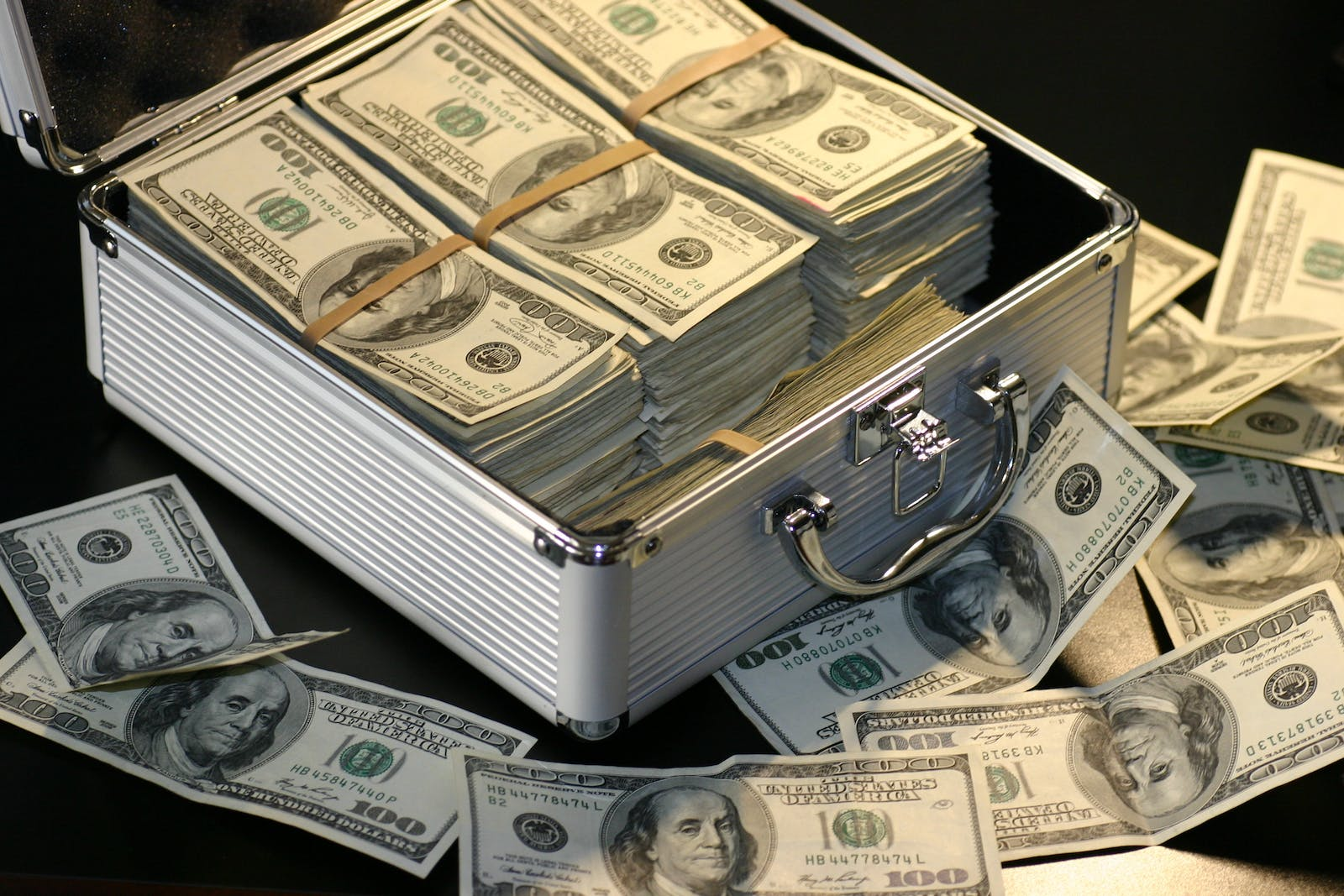
The US passed the Anti-Money Laundering Act of 2020 (AMLA 2020) in order to extend the regulations of the Bank Secrecy Act (BSA) to antiquities dealers. This means they have to comply with the same AML regulatory framework as US financial institutions. Under the AMLA 2020, parties purchasing art must ascertain the owners, maintain accurate records, and implement comprehensive compliance policies and procedures.
This legislation aims to reduce illegal activities within the art and antiquities market and protect the legitimate art trade from criminal exploitation.
European Union: 5th and 6th AML Directives
The European Union’s 5th and 6th Anti-Money Laundering Directives require art and antique traders to adhere to AML requirements if they trade or store artworks with a value exceeding €10,000. Under these directives, art dealers are required to perform due diligence checks on their customers, and report both wire and cash transactions exceeding €10,000.
These money laundering regulations aim to safeguard the art market from money laundering and terrorist financing risks, while also promoting transparency and accountability.
International Collaboration
International collaboration is of paramount importance in the fight against art money laundering. By implementing the Financial Action Task Force (FATF) guidelines and sharing information, countries and organizations can work together to address this global issue. The FATF guidelines are a set of recommendations that countries should adhere to in order to effectively prevent, detect, and prosecute money laundering and terrorist financing activities related to the art and antiquities market.
Through international cooperation, authorities can more effectively tackle the complex and secretive world of art money laundering.
Notorious Cases of Art Money Laundering
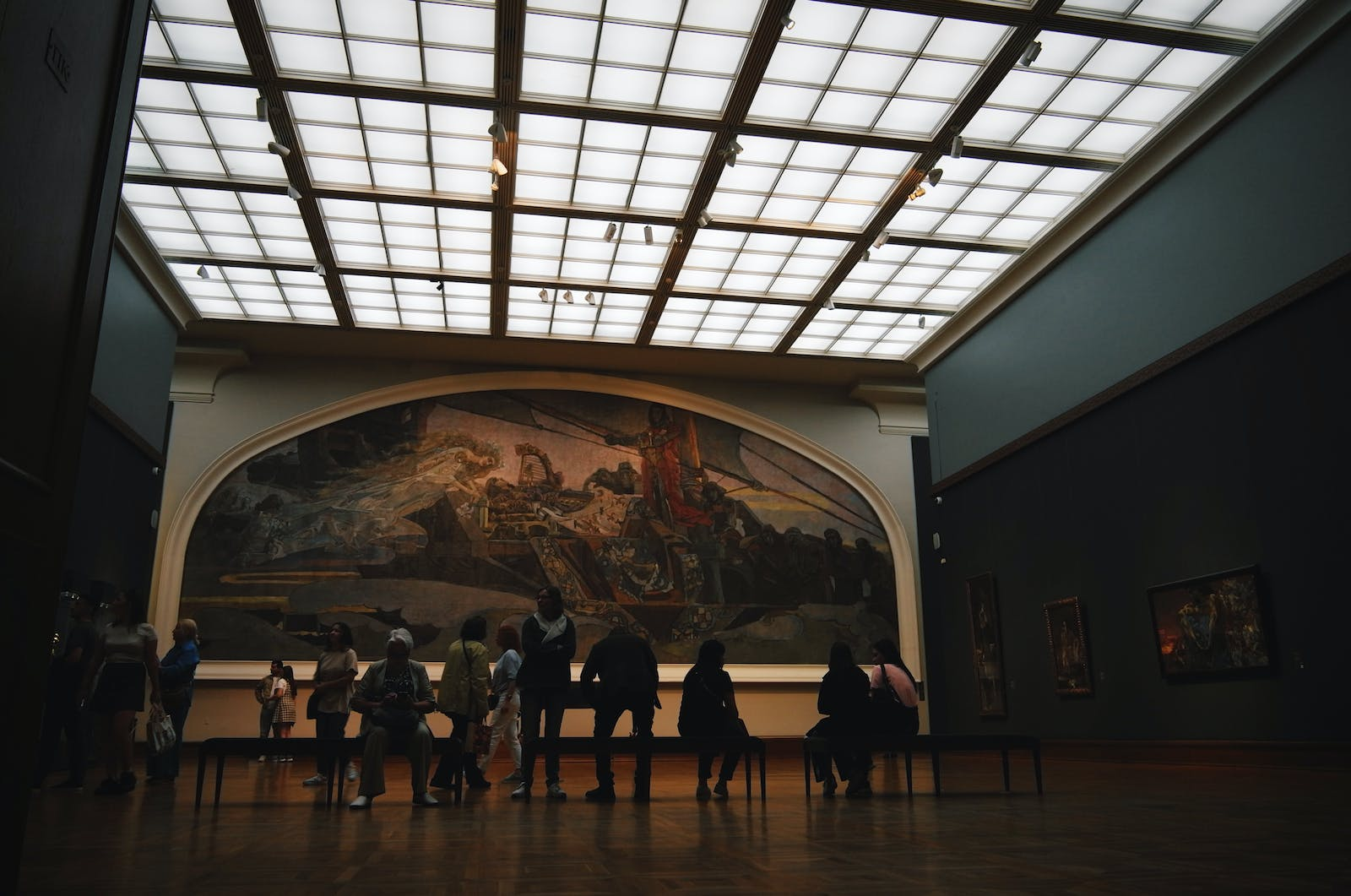
Notorious cases of art money laundering serve as a stark reminder of the need for increased awareness and regulation in the art market. These high-profile cases highlight the vulnerabilities of the art and antiquities markets and the sophisticated tactics employed by criminals to exploit them. In this part, we’ll examine some notorious art money laundering instances, such as:
The money-laundering scheme in Malaysia involving famous artworks
Financier Jho Low’s use of art to conceal and launder money
The confiscation of Jean Michel Basquiat’s painting, ‘Hannibal’, by the Department of Justice.
One such case that garnered international attention is the Malaysian money laundering scheme involving renowned works of art. This case involved the Malaysian financier Jho Low, who used art to conceal and cleanse money. He acquired a $35 million painting by Pablo Picasso and a $107 million painting by Jean-Michel Basquiat.
Another notorious case involves the Department of Justice seizing a Jean Michel Basquiat painting worth $8 million from a New York art gallery as part of a money-laundering scheme involving a Malaysian financier. These cases highlight the need for increased awareness, regulation, and international collaboration in the fight against art money laundering.
Preventative Measures for Art Businesses

Art businesses can protect themselves from money laundering by implementing various preventative measures. These measures include conducting due diligence on their customers, maintaining accurate records, and utilizing technology and AI solutions to detect suspicious activities.
In this part, we’ll look at the significance of these preventative measures and their role in helping art businesses reduce the risk of dealing with criminals or money launderers.
Due Diligence and Know Your Customer (KYC)
Due diligence and Know Your Customer (KYC) procedures are essential for art businesses to verify the identities of buyers and sellers and the source of funds. By implementing KYC procedures, art businesses can:
Gather and verify data related to their customers, such as their name, address, and source of funds
Evaluate the risk of the customer
Determine if they are a valid customer or a money launderer
Implementing KYC procedures can help art businesses mitigate the risk of engaging with criminals or money launderers, thereby preserving their reputation and avoiding legal and financial repercussions.
Recordkeeping and Compliance
Maintaining accurate records and ensuring compliance with AML regulations are essential for art businesses to avoid penalties and legal issues. Art businesses should:
Preserve records of all transactions, including the identity of the buyer and seller, the artwork’s provenance, and the source of funds.
Undertake due diligence on customers.
Ensure that all transactions are reported to the appropriate authorities.
By adhering to these recordkeeping and compliance measures, art businesses can protect themselves from the repercussions of non-compliance with AML regulations.
Utilizing Technology and AI Solutions
Technology and AI-driven AML solutions can play a crucial role in helping art businesses screen global databases and mitigate the risk of art money laundering.
By implementing comprehensive screens of global databases using AI-driven AML solutions, art businesses can detect anomalous activity and ascertain the origin of artworks. This can help them identify potential money laundering activities and protect themselves from engaging with criminals or money launderers.
Summary and Conclusion

The unique characteristics of the art market make it an attractive target for money laundering. The lack of regulation, the high value of artworks, and the secrecy surrounding transactions all contribute to making it a fertile ground for illicit activities. However, increased awareness, regulation, and the use of technology can help combat this issue. By implementing due diligence procedures, maintaining accurate records, and utilizing AI-driven AML solutions, art businesses can mitigate the risk of engaging with criminals or money launderers and protect their reputation.
In addition, the international community is playing a significant role in combating this issue. Governments and organizations worldwide are implementing stricter regulations and collaborating to prevent money laundering in the art market. This includes adopting international standards, sharing information, and resources, and prosecuting those involved in such activities.
Moreover, the role of technology cannot be overstated. Advanced AI-driven solutions can help in detecting suspicious activities and identifying potential money laundering transactions. These technologies can screen global databases, trace the origin of artworks, and monitor transactions, providing an additional layer of security for art businesses.
In conclusion, while the art market’s unique characteristics make it prone to money laundering activities, there are effective strategies and tools available to combat this issue. Through a combination of increased awareness, stricter regulations, and advanced technology, it is possible to protect the integrity of the art market and prevent it from being exploited by criminals.
As the art market continues to grow and evolve, it is vital for governments, law enforcement agencies, and the art industry to work together to ensure the market remains a legitimate and responsible environment for artists, collectors, and enthusiasts alike.
Frequently Asked Questions

In this part, we address common queries about art money laundering and the steps taken to fight it.
How the dirty money was laundered?
The process of money laundering typically involves three stages:
Placement: The funds are injected into the financial system, commonly through high-cash businesses or financial institutions.
Layering: Funds are transferred and transacted in a complex manner to conceal their source.
Integration: The laundered money is reintroduced into the legitimate economy, appearing as clean money.
In the context of art money laundering, criminals engage in the following activities:
Buying and selling artworks at prices higher than their actual value
Concealing the origins of illegally-obtained funds
Reintroducing the funds into the legitimate economy
These actions are done to launder money and make it appear as though it came from legitimate sources.
What is an example of art money laundering?
One notable example of art money laundering involves the Malaysian financier Jho Low, who used art to conceal and cleanse money. He acquired a $35 million painting by Pablo Picasso and a $107 million painting by Jean-Michel Basquiat.
Another high-profile case is the confiscation of Jean Michel Basquiat’s painting, Hannibal, by the Department of Justice, as part of a money-laundering scheme involving a Malaysian financier. These cases demonstrate the vulnerabilities of the art and antiquities markets, including auction houses, and the sophisticated tactics employed by criminals to exploit them.
How can we prevent money laundering in art?
To prevent money laundering in art, dealers should practice Know Your Clients (KYC) and establish their risk profiles, research the artwork and its provenance, know the background and purpose of transactions, and keep records. Furthermore, the Illicit Art and Antiquities Trafficking Prevention Act requires dealers to establish anti-money-laundering programs, keep records of cash purchases, and report suspicious activity and transactions exceeding $10,000 to the federal government.
What is money laundering the art of cleaning dirty money?
Money laundering is the illegal process of concealing criminal activity profits, making them look as if they came from a legitimate source. It involves using financial institutions and businesses with large amounts of cash to clean ‘dirty’ money and make it appear as if it were gained through legal activities.

